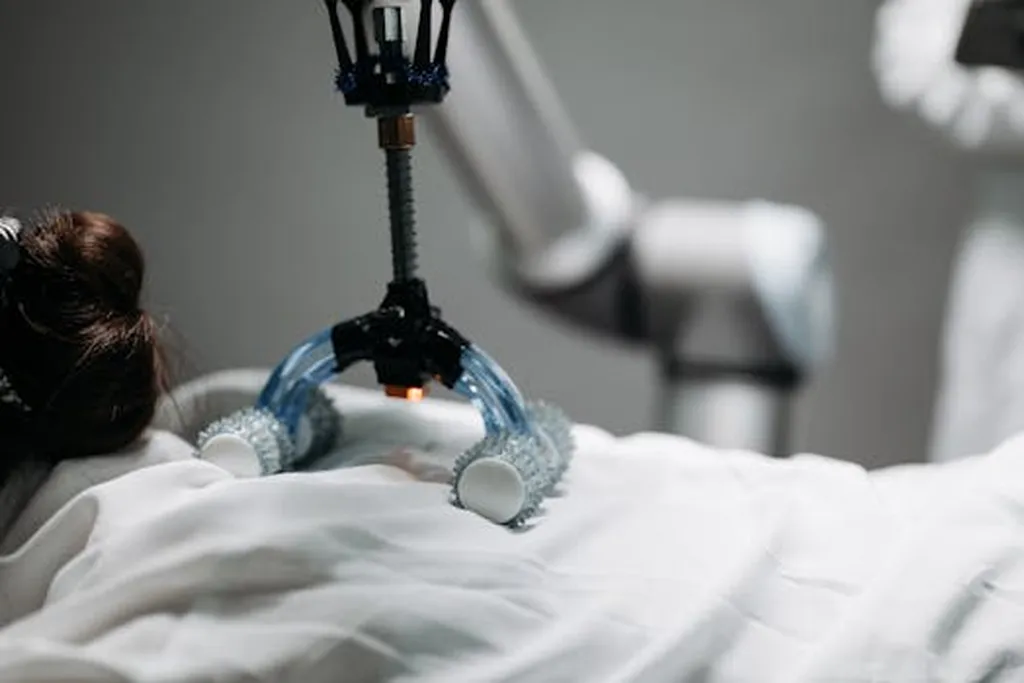In the bustling world of biomedical research, a groundbreaking review published in the journal *Bioactive Materials* (translated from Chinese as “活性材料”) is making waves, offering a fresh perspective on how biomaterials can revolutionize cell encapsulation for therapeutic applications. Led by Mayakrishnan Arumugam from the Institute of Smart Biomedical Materials at Zhejiang Sci-Tech University in China, the research delves into the intricate dance between biomaterials and cellular therapies, promising to reshape the landscape of translational medicine.
Arumugam and his team have scrutinized how biomaterial-supported cell encapsulation matrices can enhance biological functionality, making them pivotal for various therapeutic applications. “The biomaterial capsule plays a key role in improving cell viability, immune protection, and supporting tissue-specific interactions,” Arumugam explains. This is no small feat, as the implications stretch across stem cells, immune cells, and fibroblasts, each with its unique challenges and potential.
The review highlights several cutting-edge techniques, each offering distinct advantages. Microfluidics, for instance, allows for precise control of capsule size and uniformity, making it ideal for single-cell and core-shell encapsulation. On the other hand, 3D printing technologies empower accurate cell placement, enabling the construction of multicellular structures that mimic native tissue organization. “These techniques significantly influence the physical, chemical, and biological properties of encapsulated cells,” Arumugam notes, underscoring the versatility and potential of these methods.
The choice of biomaterial is equally crucial. Natural proteins, polysaccharides, and synthetic polymers each bring unique benefits to the table, from biocompatibility to biodegradability. The integration of living cells with these biomaterial matrices results in systems that exhibit mechanical strength, high porosity, and controlled drug release. This dual role of the biomaterial capsule is particularly noteworthy in cancer therapy, where it enhances anti-tumor immune responses and promotes tissue regeneration.
The implications for the energy sector might not be immediately obvious, but the principles of controlled drug release and tissue regeneration could inspire innovations in energy storage and conversion. For instance, the high porosity and mechanical strength of these biomaterial matrices could inform the development of more efficient and durable energy storage devices. Moreover, the precise control offered by microfluidics and 3D printing could lead to advancements in the design and manufacture of energy materials.
As Arumugam and his team continue to push the boundaries of biomaterial science, their work serves as a beacon for future developments in the field. The review not only underscores the versatility of cell-encapsulated biomaterials but also highlights their wide range of biomedical applications, from cancer immunotherapy to regenerative medicine. With such promising advancements on the horizon, the future of translational medicine looks brighter than ever.

